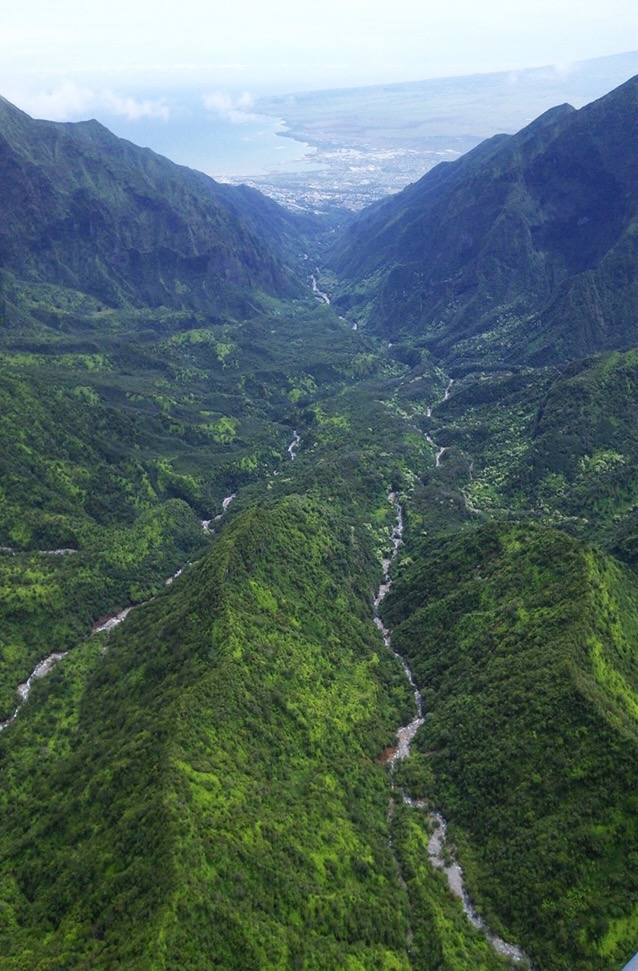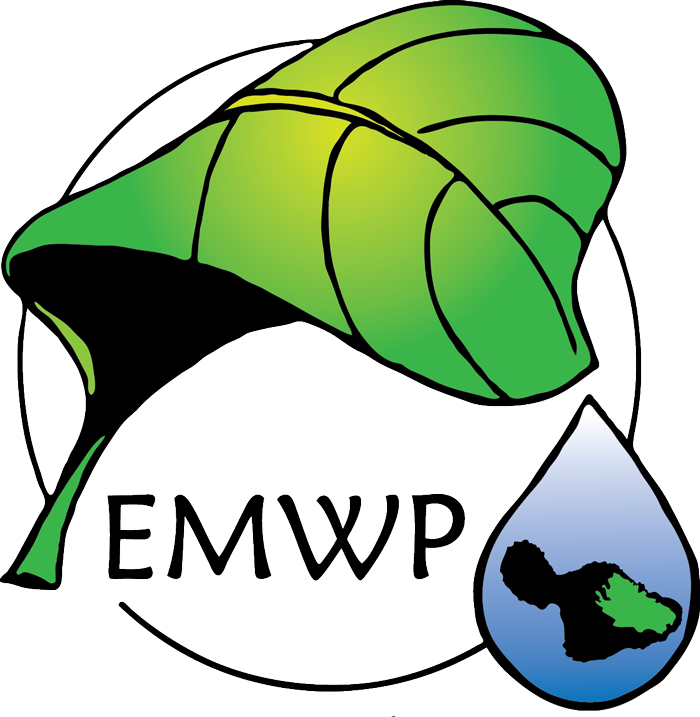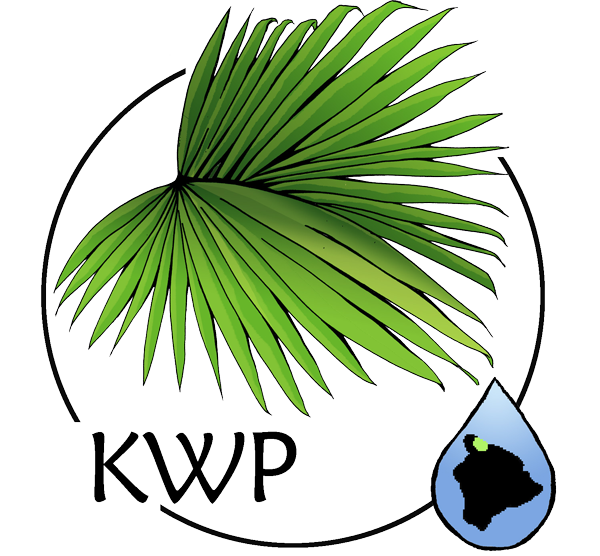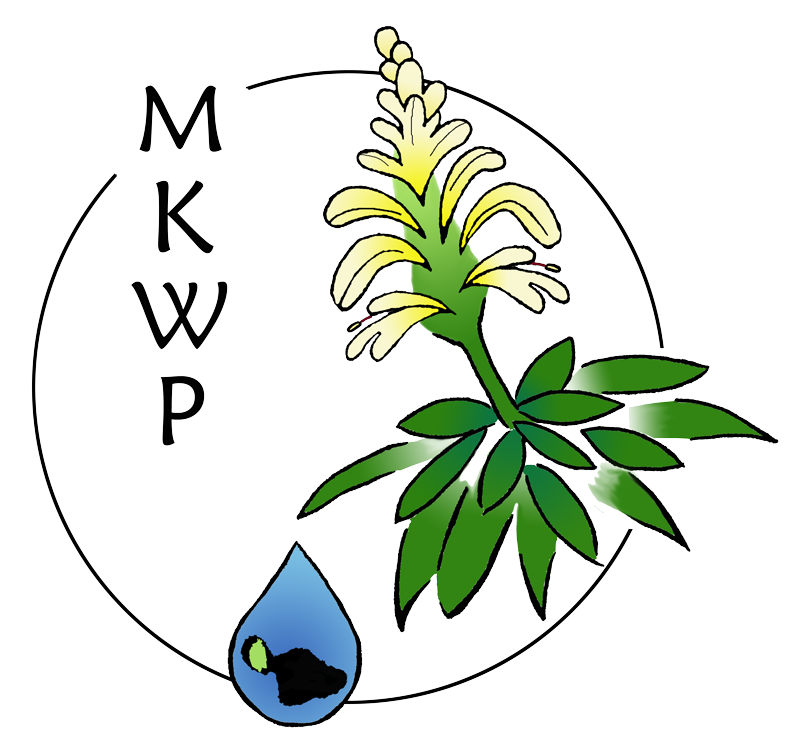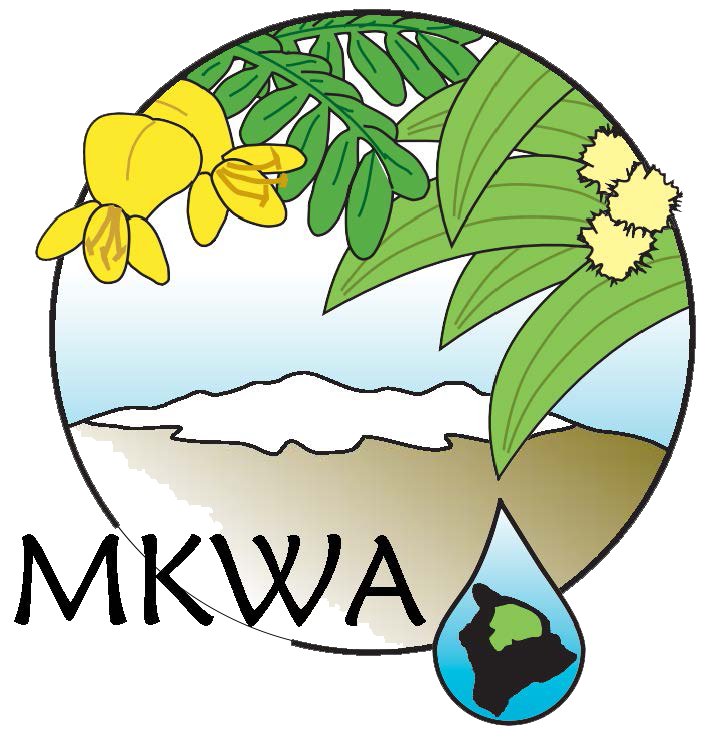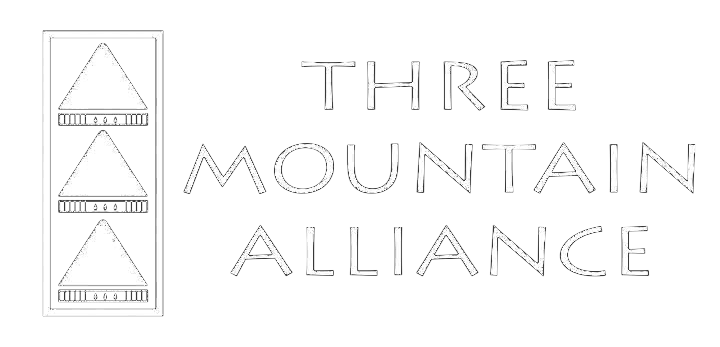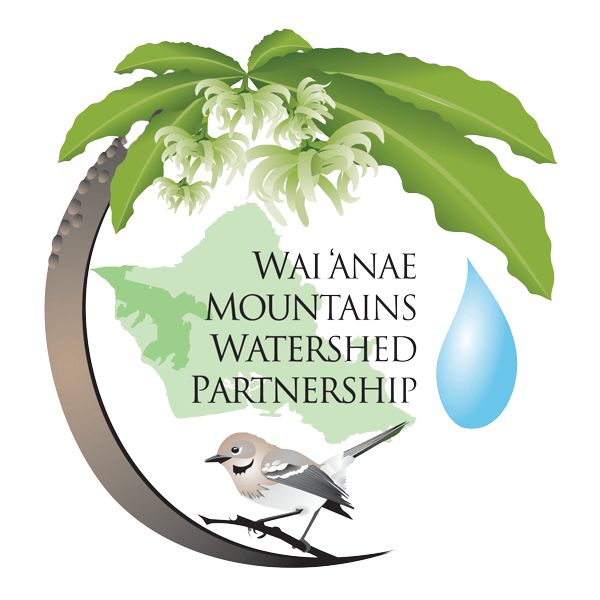
Watershed Partnerships
Watershed Partnerships are voluntary alliances of both public and private landowners committed to the common value of protecting forested watersheds for water recharge, conservation, and other ecosystem services through collaborative management. Building on the past when over 100 years ago the territorial government of Hawai‘i established partnerships with private landowners to restore degraded forests, the first Watershed Partnership began in East Maui in 1991.
Today, there are ten statewide on five major islands -Kaua‘i (1), O‘ahu (2), Moloka‘i (1), Maui (3), and Hawai‘i (3). Together, these partnerships involve over 74 private landowners and public agencies that cover over 2.2 million acres of land in the state. There is no model like it in the state with respect to watershed management breadth, scope, and efficacy.

